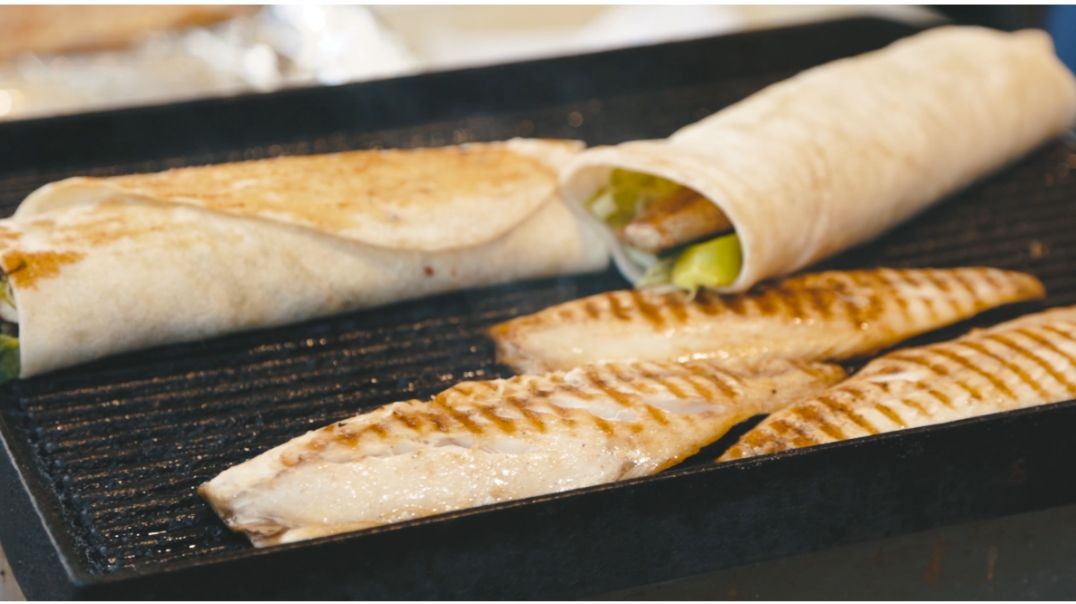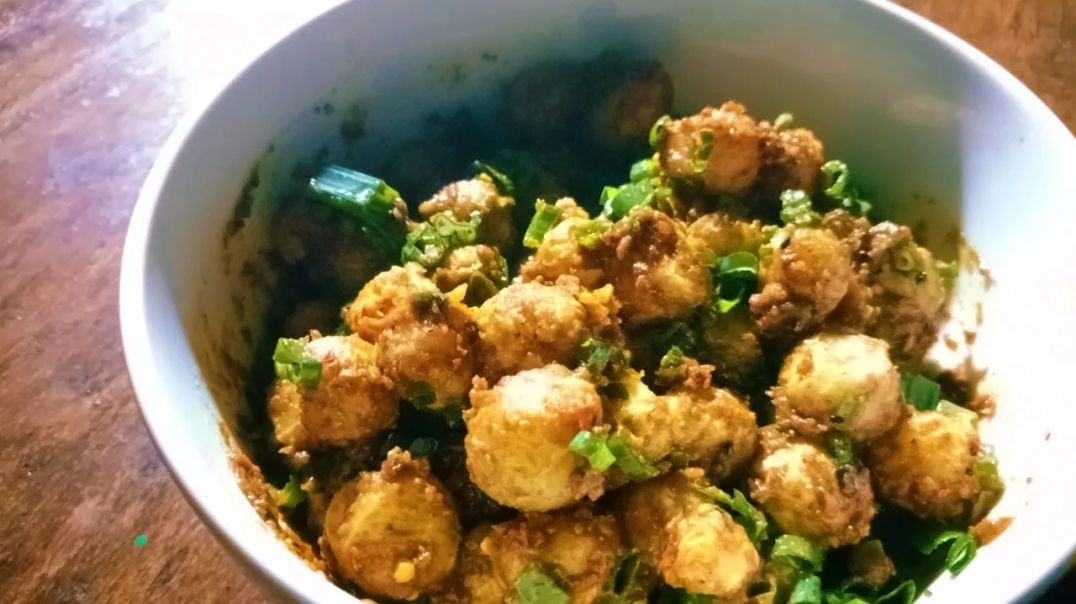What is Haleem?
Haleem is a slow-cooked stew made primarily from wheat, barley, meat (usually beef, mutton, or chicken), lentils, and an array of spices. Its preparation process involves cooking the ingredients for several hours, which results in a creamy, thick consistency. The long cooking time allows the flavors to meld together, producing a deeply satisfying and aromatic dish. The texture is often smooth, with the grains of wheat and barley blending into the meat, creating a rich, hearty meal.
Origins of Haleem
Haleem’s origins can be traced back to ancient times, with influences from Persian, Arab, and Central Asian cuisines. The dish is believed to have been brought to the Indian subcontinent by traders and travelers along the Silk Road. The Persian word "haleem" means “gentle” or “mild,” referring to the soft, tender texture of the dish. Historically, Haleem was a dish prepared for special occasions, royal feasts, and festive events.
Over time, Haleem became a staple in South Asian cuisine, particularly in countries like India, Pakistan, and Bangladesh. It is commonly prepared during Ramadan, as it is highly nutritious and provides lasting energy for fasting Muslims. The dish is especially popular during the holy month, where it’s served to break the fast due to its richness and satisfying nature.
Key Ingredients of Haleem
The beauty of Haleem lies in its combination of wholesome ingredients and aromatic spices. Here are the key components that make Haleem unique:
Meat: Traditionally, Haleem is made with beef, mutton, or chicken. The meat is slow-cooked until it’s tender and easily shredded. The choice of meat can vary depending on regional preferences or dietary restrictions.
Wheat and Barley: These two grains form the base of the dish. Wheat and barley provide the creamy, thick texture, which is achieved after long hours of cooking and stirring.
Lentils: A mix of lentils, such as yellow lentils, chickpeas, and moong dal, adds protein and texture to the dish. They also contribute to the dish’s hearty consistency.
Spices: A blend of spices is key to Haleem’s signature flavor. Common spices include cumin, coriander, cardamom, cinnamon, cloves, and turmeric. These spices create a warm, fragrant profile that’s essential to Haleem’s taste.
Ghee: Ghee, or clarified butter, is used generously in the preparation of Haleem. It adds a rich, velvety finish to the dish and enhances the overall flavor.
Herbs and Garnishes: Haleem is often topped with fried onions, fresh coriander, mint, and a squeeze of lemon juice before serving, adding a burst of freshness and texture to the dish.
The Cooking Process
The preparation of Haleem is a labor-intensive, slow-cooking process. The meat, grains, lentils, and spices are combined and cooked in large pots over low heat for several hours. The meat is typically first browned and then simmered with the lentils and grains, allowing the flavors to develop. The dish is frequently stirred during the cooking process to break down the grains and meat, resulting in a smooth, porridge-like consistency.
Because of the long cooking time, Haleem requires patience and care to ensure the right texture and flavor balance. The end result is a dish that is both rich and satisfying, offering a comforting taste of history and tradition in every spoonful.
Variations of Haleem
While the core ingredients of Haleem remain similar, regional variations have emerged across different countries and cultures. Some of the notable variations include:
Hyderabadi Haleem: Known for its rich, spicy flavor, Hyderabadi Haleem is a famous variant from India. It uses a blend of ground spices, yogurt, and a slightly different mix of lentils, and is often served with a side of naan or paratha.
Pakistani Haleem: In Pakistan, Haleem is often made with mutton and is served with garnishes such as fried onions, fresh herbs, and lemon. The spice profile is typically bold and can include chili, making it spicier than other variations.
Kuwaiti Haleem: In Kuwait, Haleem is served with a combination of lamb or beef, and often includes additional flavoring ingredients like saffron and rose water, giving it a distinctive aroma and taste.
Persian Haleem: The original Persian version of Haleem, known as Haleem-o-Shaan, uses a simpler spice mix, focusing more on the savory flavor of the meat and grains, with a delicate touch of cinnamon.
Cultural Significance of Haleem
Haleem holds significant cultural value in many countries, especially in South Asia and the Middle East. During the month of Ramadan, Haleem is a traditional dish to break the fast, as it provides a nutritious and filling meal that restores energy after hours of fasting. The dish is also a symbol of hospitality and is often prepared for gatherings, feasts, and celebrations.
In cities like Hyderabad, Pakistan, and parts of the Middle East, Haleem is a part of the culinary identity. Street vendors in these regions serve Haleem to eager customers, especially during the month of Ramadan, creating an atmosphere of community and togetherness. Its preparation, which requires time and effort, reflects the importance of sharing meals and the bonds they create within families and communities.
Haleem Around the World
Haleem’s reach extends beyond the Indian subcontinent. In the Middle East and Central Asia, variations of Haleem are popular, where it is often prepared for festive occasions. In the United States and Europe, it has gained popularity among the South Asian diaspora, with many restaurants specializing in this dish during Ramadan.
Haleem has even made its way into the mainstream food culture, as food enthusiasts across the globe are drawn to its rich flavors and unique texture. Whether enjoyed during a religious celebration, a family gathering, or simply as a comfort food, Haleem remains a beloved dish for many.
Conclusion
Haleem is more than just a meal; it is a flavorful tradition that brings people together, celebrates culture, and evokes warmth. With its slow-cooked perfection, rich spices, and comforting texture, Haleem continues to win hearts worldwide. Whether it's the familiar Hyderabadi style, the spicy Pakistani version, or the fragrant Persian variety, Haleem remains a dish of enduring cultural significance and culinary delight.










